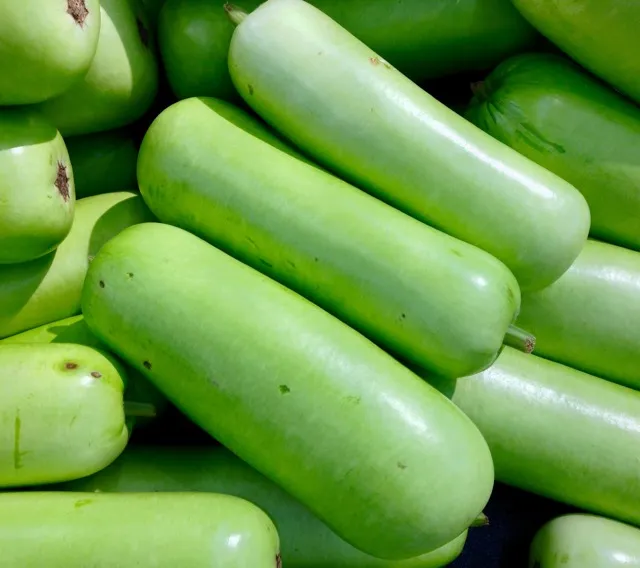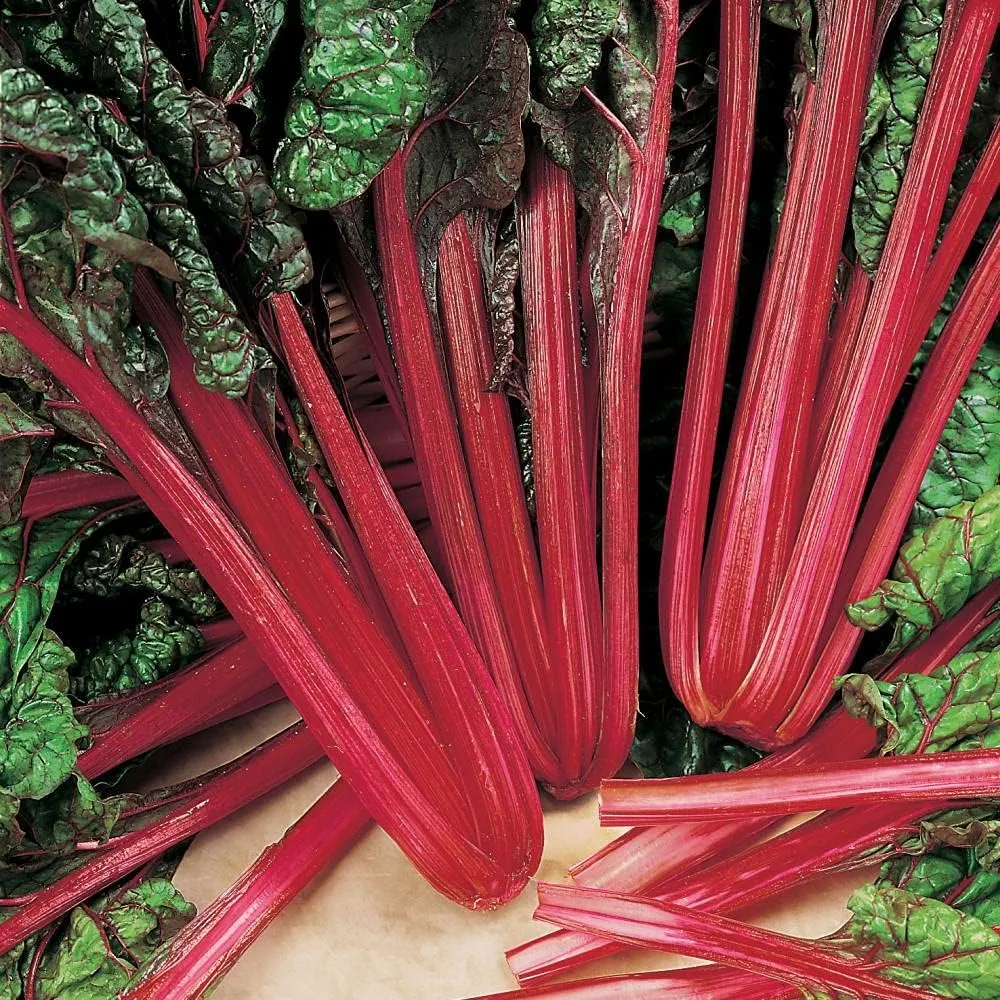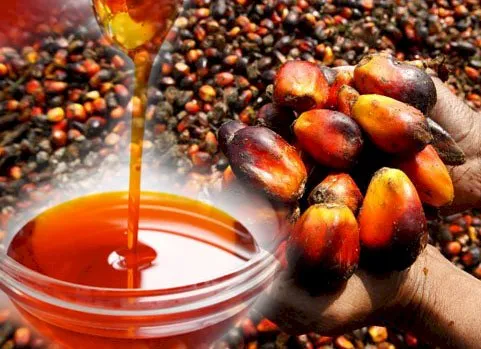Table of Contents
A Guide to 100 Tropical and Asian Vegetables, Greens, and Herbs: Health Benefits, Cultivation, and Flavor
Tropical and Asian regions are treasure troves of nutrient-dense vegetables, greens, and herbs, many of which are revered for their medicinal properties. Below is a curated list of 100 plants, including their health benefits, cultivation regions, taste profiles, and production highlights.
1. Bitter Melon (Momordica charantia)
- Health Benefits: Regulates blood sugar, rich in vitamins A/C, antioxidants.
- Cultivation: India, China, Philippines.
- Taste: Intensely bitter.
- Flavor: Earthy, cucumber-like texture.
- Production: India (~1.2 million tons annually).
2. Moringa (Moringa oleifera)
- Health Benefits: High in iron, calcium, and vitamins; boosts immunity.
- Cultivation: India, Philippines, Nigeria.
- Taste: Mildly bitter, spinach-like.
- Flavor: Fresh, grassy.
- Production: India (~2 million tons).
3. Okra (Abelmoschus esculentus)
- Health Benefits: Rich in fiber, supports digestion.
- Cultivation: India, Nigeria, Thailand.
- Taste: Slimy, mildly sweet.
- Flavor: Similar to zucchini.
- Production: India (~6.3 million tons).
4. Water Spinach (Ipomoea aquatica)
- Health Benefits: Iron-rich, improves vision.
- Cultivation: Thailand, Vietnam, China.
- Taste: Crisp, mild.
- Flavor: Similar to spinach.
- Production: Thailand (~800,000 tons).
5. Taro Leaves (Colocasia esculenta)
- Health Benefits: High in vitamin A, supports skin health.
- Cultivation: Philippines, Indonesia, Papua New Guinea.
- Taste: Earthy, nutty.
- Flavor: Spinach-like (must be cooked to remove toxins).
- Production: Nigeria (~3 million tons of taro roots/leaves).
6. Turmeric (Curcuma longa)
- Health Benefits: Anti-inflammatory, antioxidant.
- Cultivation: India, Bangladesh, Thailand.
- Taste: Warm, peppery.
- Flavor: Earthy, slightly bitter.
- Production: India (~1.1 million tons).
7. Lemongrass (Cymbopogon citratus)
- Health Benefits: Aids digestion, reduces anxiety.
- Cultivation: Thailand, Vietnam, India.
- Taste: Citrusy, tangy.
- Flavor: Lemon-like aroma.
- Production: Thailand (~30,000 tons).
8. Kaffir Lime Leaves (Citrus hystrix)
- Health Benefits: Antimicrobial, digestive aid.
- Cultivation: Thailand, Indonesia, Malaysia.
- Taste: Citrusy, floral.
- Flavor: Intense lime fragrance.
- Production: Thailand (~10,000 tons of leaves).
9. Galangal (Alpinia galanga)
- Health Benefits: Anti-nausea, anti-inflammatory.
- Cultivation: Thailand, Indonesia, India.
- Taste: Pungent, piney.
- Flavor: Ginger-like with sharper notes.
- Production: Thailand (~15,000 tons).
10. Amaranth Greens (Amaranthus spp.)
- Health Benefits: High protein, calcium, and folate.
- Cultivation: India, Nepal, China.
- Taste: Nutty, slightly bitter.
- Flavor: Similar to spinach.
- Production: India (~500,000 tons).
11–20: Leafy Greens & Medicinal Herbs
- Malabar Spinach (Basella alba): Rich in vitamin C; mucilaginous texture. Grown in India, Sri Lanka.
- Betel Leaf (Piper betle): Stimulant, aids digestion. Cultivated in India, Indonesia.
- Curry Leaves (Murraya koenigii): Anti-diabetic, cholesterol-lowering. India, Sri Lanka.
- Pandan Leaf (Pandanus amaryllifolius): Calming aroma; used in desserts. Thailand, Malaysia.
- Perilla (Perilla frutescens): Anti-allergic, omega-3 rich. Korea, Japan.
- Chinese Broccoli (Gai Lan): High in glucosinolates (anti-cancer). China, Vietnam.
- Bok Choy (Brassica rapa): Rich in vitamin K, bone health. China, Philippines.
- Fenugreek Greens (Trigonella foenum-graecum): Regulates blood sugar. India, Egypt.
- Gotu Kola (Centella asiatica): Brain health, wound healing. Sri Lanka, India.
- Sawtooth Coriander (Eryngium foetidum): Iron-rich; cilantro substitute. Vietnam, Thailand.
21–40: Root Vegetables & Tubers
- Taro Root (Colocasia esculenta): High fiber, gluten-free. Philippines, Hawaii.
- Cassava (Manihot esculenta): Energy-dense; toxic when raw. Nigeria, Thailand.
- Yam (Dioscorea spp.): Supports hormonal balance. West Africa, Southeast Asia.
- Lotus Root (Nelumbo nucifera): Rich in vitamin C; crunchy. China, India.
- Ginger (Zingiber officinale): Anti-nausea, anti-inflammatory. India, China.
- Purple Yam (Dioscorea alata): Antioxidant-rich; vibrant color. Philippines, Vietnam.
- Elephant Foot Yam (Amorphophallus paeoniifolius): High potassium. India, Sri Lanka.
- Jerusalem Artichoke (Helianthus tuberosus): Prebiotic fiber. China, Japan.
- Chinese Yam (Dioscorea polystachya): Soothes digestion. China, Korea.
- Turmeric Root (Curcuma longa): See entry #6.
- Radish (Raphanus sativus): Detoxifying, vitamin C. Japan, India.
- Daikon (Raphanus sativus longipinnatus): Aids digestion; mild spice. Japan, China.
- Sweet Potato Leaves (Ipomoea batatas): Rich in polyphenols. Philippines, Uganda.
- Arrowroot (Maranta arundinacea): Gluten-free starch. Caribbean, India.
- Black Ginger (Kaempferia parviflora): Aphrodisiac, anti-fatigue. Thailand.
- Greater Galangal (Alpinia galanga): See entry #9.
- Wasabi (Eutrema japonicum): Antimicrobial; sinus-clearing. Japan.
- Burdock Root (Arctium lappa): Blood purifier; earthy. Japan, Korea.
- Horseradish Tree (Moringa oleifera): See entry #2.
- Chinese Artichoke (Stachys affinis): Crunchy, nutty. China, Japan.
41–60: Pods, Shoots, & Gourds
- Winged Bean (Psophocarpus tetragonolobus): "Complete protein" pod. Philippines, Papua New Guinea.
- Snake Gourd (Trichosanthes cucumerina): Cooling effect; diuretic. India, Sri Lanka.
- Ridge Gourd (Luffa acutangula): Detoxifying, high fiber. India, Bangladesh.
- Ivy Gourd (Coccinia grandis): Regulates blood sugar. India, Thailand.
- Bitter Gourd (Momordica charantia): See entry #1.
- Drumstick (Moringa oleifera): Pods rich in vitamins. India, Africa.
- Bamboo Shoots (Bambusoideae spp.): Low-calorie, crunchy. China, Thailand.
- Chayote (Sechium edule): Folate-rich; mild flavor. Mexico, Philippines.
- Kundol (Benincasa hispida): Weight loss aid; juicy. Philippines, Vietnam.
- Sponge Gourd (Luffa cylindrica): Fiber-rich; exfoliating skin benefits. India, Egypt.
- Ash Gourd (Benincasa hispida): Cooling, diuretic. India, China.
- Angled Luffa (Luffa acutangula): See entry #43.
- Smooth Luffa (Luffa cylindrica): See entry #50.
- Pointed Gourd (Trichosanthes dioica): Digestive aid. India, Bangladesh.
- Snake Bean (Vigna unguiculata): High protein; drought-resistant. India, Africa.
- Yardlong Bean (Vigna unguiculata subsp. sesquipedalis): Iron-rich; crunchy. Philippines, Thailand.
- Lablab Bean (Lablab purpureus): Protein-packed; versatile. India, Ethiopia.
- Sword Bean (Canavalia gladiata): Antioxidant-rich; bold flavor. India, Japan.
- Hyacinth Bean (Lablab purpureus): See entry #57.
- Jack Bean (Canavalia ensiformis): Nitrogen-fixing; edible pods. Brazil, India.
61–80: Herbs & Medicinal Plants
- Holy Basil (Ocimum tenuiflorum): Stress relief, adaptogen. India, Thailand.
- Vietnamese Coriander (Persicaria odorata): Anti-inflammatory; peppery. Vietnam, Cambodia.
- Culantro (Eryngium foetidum): See entry #20.
- Fish Mint (Houttuynia cordata): Anti-viral; fishy aroma. Vietnam, China.
- Sambong (Blumea balsamifera): Kidney health, diuretic. Philippines.
- Purslane (Portulaca oleracea): Omega-3 fatty acids. India, Mediterranean.
- Indian Borage (Plectranthus amboinicus): Respiratory health. India, Indonesia.
- Mexican Mint (Plectranthus amboinicus): See entry #67.
- Chinese Chives (Allium tuberosum): Antibacterial; garlicky. China, Japan.
- Szechuan Pepper (Zanthoxylum spp.): Numbing, anti-microbial. China, Himalayas.
- Neem Leaf (Azadirachta indica): Blood purifier; bitter. India, Bangladesh.
- Aloe Vera (Aloe barbadensis): Skin healing, laxative. India, Mexico.
- Mint (Mentha spp.): Digestive aid, cooling. Global, tropical regions.
- Vietnamese Balm (Elsholtzia ciliata): Cold remedy; citrusy. Vietnam.
- Kaffir Lime (Citrus hystrix): See entry #8.
- Lemongrass (Cymbopogon citratus): See entry #7.
- Curry Leaf (Murraya koenigii): See entry #13.
- Betel Leaf (Piper betle): See entry #12.
- Gotu Kola (Centella asiatica): See entry #19.
- Roselle (Hibiscus sabdariffa): Lowers blood pressure; tart. Thailand, Sudan.
81–100: Regional Specialties & Wild Varieties
- Fiddlehead Fern (Diplazium esculentum): Antioxidant-rich; foraged. Nepal, Philippines.
- Stink Bean (Parkia speciosa): Detoxifying; strong odor. Thailand, Malaysia.
- Sabah Vegetable (Sauropus androgynus): High vitamin A. Malaysia, Indonesia.
- Katuk (Sauropus androgynus): See entry #83.
- Okinawan Spinach (Gynura bicolor): Cholesterol-lowering. Japan, Philippines.
- Watercress (Nasturtium officinale): Anti-cancer; peppery. Philippines, Europe.
- Talinum (Talinum triangulare): Rich in calcium. Caribbean, Africa.
- Jute Mallow (Corchorus olitorius): Mucilaginous; iron-rich. Egypt, West Africa.
- Sorrel (Hibiscus sabdariffa): See entry #80.
- Taro Stem (Colocasia esculenta): See entry #5.
- Nopal (Opuntia spp.): Blood sugar control; cactus. Mexico, Mediterranean.
- Kangkong (Ipomoea aquatica): See entry #4.
- Pigeon Pea Leaves (Cajanus cajan): Protein-rich; drought-resistant. India, Africa.
- Horsegram (Macrotyloma uniflorum): Iron-rich; weight loss. India, Myanmar.
- Mashua (Tropaeolum tuberosum): Antibacterial; peppery. Andes.
- Taro (Colocasia esculenta): See entry #5.
- Elephant Ear (Colocasia spp.): Similar to taro. Pacific Islands.
- Sissoo Spinach (Alternanthera sissoo): Iron-rich; Brazilian native. India, Brazil.
- Kulitis (Amaranthus spp.): See entry #10.
- Sea Grape (Caulerpa lentillifera): Omega-3; marine vegetable. Philippines, Japan.
Conclusion
Tropical and Asian vegetables, greens, and herbs are not only culinary staples but also natural remedies deeply rooted in traditional medicine. From blood-sugar-regulating bitter melon to anti-inflammatory turmeric, these plants nourish bodies and sustain communities. While production varies by region, their global significance in health and cuisine continues to grow.









